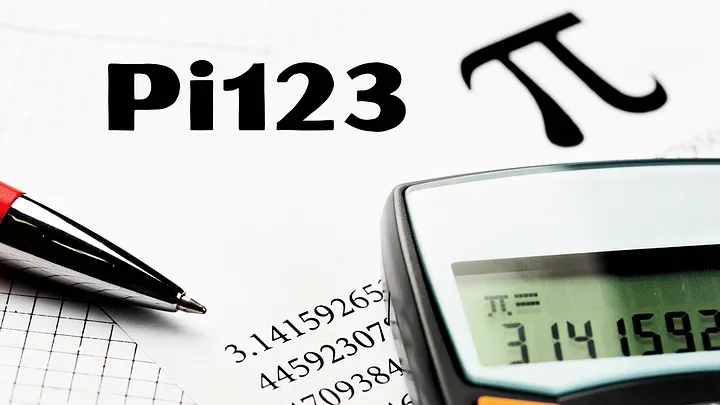Introduction
In the realm of mathematics, few constants hold as much fascination and importance as π (pi). It’s a symbol synonymous with circles, spheres, and a myriad of mathematical applications. However, have you ever heard of Pi123? For students immersed in the world of technology and mathematics, Pi123 is a fascinating concept worth delving into. In this article, we’ll unravel the mysteries behind Pi123 and explore its significance, particularly for tech-focused students.
Understanding Pi
Before we dive into Pi123, let’s briefly revisit the concept of pi itself. Pi, denoted by the Greek letter π, is a mathematical constant representing the ratio of a circle’s circumference to its diameter. It’s an irrational number, meaning it cannot be expressed as a finite decimal or fraction. Instead, it continues infinitely without repetition: 3.14159265359… and so on. Pi is fundamental to geometry, trigonometry, calculus, and various branches of science and engineering.
What is Pi123?
Now, let’s introduce Pi123. Pi123 is a concept that extends beyond the traditional value of pi. It involves incorporating digits beyond the decimal point, particularly the sequence “123.” In essence, Pi123 refers to the occurrence of the digits 1, 2, and 3 consecutively within the decimal expansion of pi. This sequence, amidst the infinite randomness of pi’s digits, holds a peculiar allure for mathematicians and enthusiasts alike.
Exploring the Significance
For students with a penchant for technology, Pi123 presents an intriguing puzzle to unravel. While the occurrence of “123” within pi may seem arbitrary, it holds significance in the context of number theory and randomness. Understanding the distribution of digits within mathematical constants like pi is essential in fields such as cryptography, data compression, and random number generation – all of which are fundamental to modern technology.
Applications in Tech
Tech-focused students can leverage the concept of Pi123 in various practical applications. For instance, in cryptography, where randomness and unpredictability are paramount, analyzing the distribution of digits within pi can aid in creating robust encryption algorithms. Similarly, in data compression algorithms, identifying patterns such as Pi123 can enhance efficiency by exploiting regularities within seemingly random data streams.
Educational Value
Beyond its practical applications, Pi123 offers educational value for students interested in mathematics and computer science. Exploring the occurrence of specific digit sequences within mathematical constants fosters critical thinking, problem-solving skills, and an appreciation for the elegance of mathematical patterns. Moreover, it provides a gateway to deeper explorations in number theory, algorithm design, and computational complexity – all of which are foundational in the tech industry.
Challenges and Controversies
While Pi123 sparks curiosity and fascination, it’s not without its challenges and controversies. Some skeptics argue that finding arbitrary digit sequences within pi is akin to finding patterns in randomness – a notion that defies the very essence of irrational numbers. However, proponents counter that the human mind’s propensity to detect patterns, even in randomness, underscores the beauty and complexity of mathematical constants like pi.
Conclusion:
In conclusion, Pi123 serves as a captivating intersection of mathematics and technology, offering students a glimpse into the intricacies of numerical patterns and randomness. For tech-focused students, exploring Pi123 provides not only a stimulating intellectual challenge but also practical insights applicable to various domains within the tech industry. So, the next time you ponder the wonders of pi, remember to keep an eye out for the elusive sequence – 123 – and delve into the endless possibilities it holds.


